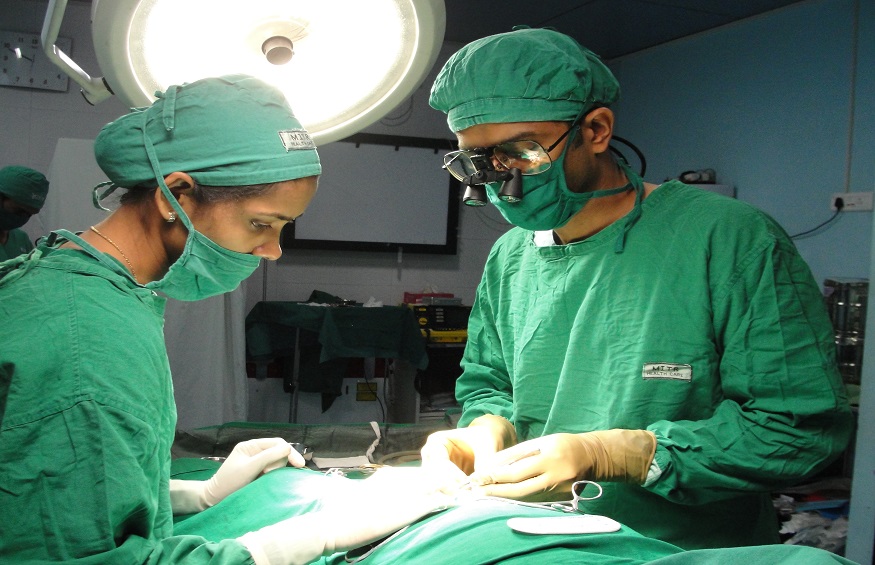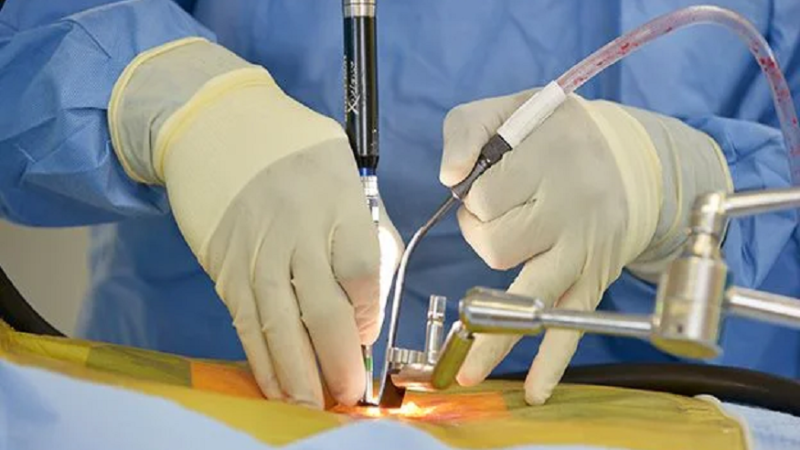Hypospadias Surgery: Current and Novel Techniques

About one in 200 boys are born with hypospadias. The urinary opening is not at the head of the penis.
Hypospadias in girls, like most birth defects, is due to incomplete embryologic development. It is one of the most common congenital abnormalities of the female urinary tract.
This birth defect comes with physical and psychological problems for children who want to be healthy and confident. Most of them don’t have other major medical issues. It should be fixed with surgery before the baby is 18 months old.
Types Of Hypospadias
There are 3 types of Hypospadias:
Each type describes where the urethral opening is located.
- Subcoronal – near the head of the penis, about two thirds of children have this type Hypospadias
- Midshaft – somewhere on the shaft of the penis
- Penoscrotal – located where the scrotum and penis meet
Cause Of Hypospadias
Research is still being done, but it’s been determined:
- It is somewhat genetic. Brothers and fathers are likely to have had Hypospadias.
- Apparently there were problems during the 9th and 20th weeks of pregnancy. This is when the foreskin is formed and the urinary channel is made.
- Mother took certain hormones or fertility drugs.
- Mother was obese or over 35 years old.
Hypospadias Repair
Surgery is required in almost all cases of Hypospadias. This ensures that the penis functions properly.
Treatments vary depending on the size of the urethral opening, location and if other complications are involved. There are over 300 surgical techniques to repair Hypospadias.
If Hypospadias is not treated, the boy will have trouble urinating and have problems with fertility, the delivery of sperm will be altered. In some cases, the boy will have trouble getting and keeping an erection. Social concerns can be a problem as he gets older.
Treatment will address these issues:
- Remove any curves of the penis
- Improve the appearance of the penis
- Move the opening of the urethra to the head of the penis
The exact technique of construction is decided in the operating room, the surgeon needs to determine how much tissue will be required to make the new urethra.
With mild cases, a Meatal Advancement Glanuloplasty (MAGPI) will be done. This is a single outpatient surgery performed to correct problems, relocating the urethra opening to the head of the penis. The baby will have a catheter about a week for urine to come out.
In severe cases, the penis will be degloved (separating the skin from the shaft) to cut the bands of tissue that causes Chordee (a condition where the head of the penis curves upwards or downwards, where the penis meets the shaft) and constructing a new urethra that reaches the tip of the penis.
Sometimes tissue will be taken from the lining of the mouth or inner arm to make a new urethra. Rarely, the repair can require two or three stages that are spaced out several months apart.
Hypospadias Repair In Girls
The most common procedure to correct Hypospadias in girls is construction of a new urethra that instead of emptying in the vagina, it opens to the outside of the body. Tissue from the front wall of the vagina is used for this purpose.
Recent Advances
There are recent advances in Hypospadias Repair that includes new surgical alliances and tissue glue that speeds healing and reduces the risk of fistula formation. Various synthetic materials are being tested for constructing artificial urethras to reduce complications due to skin grafts.






